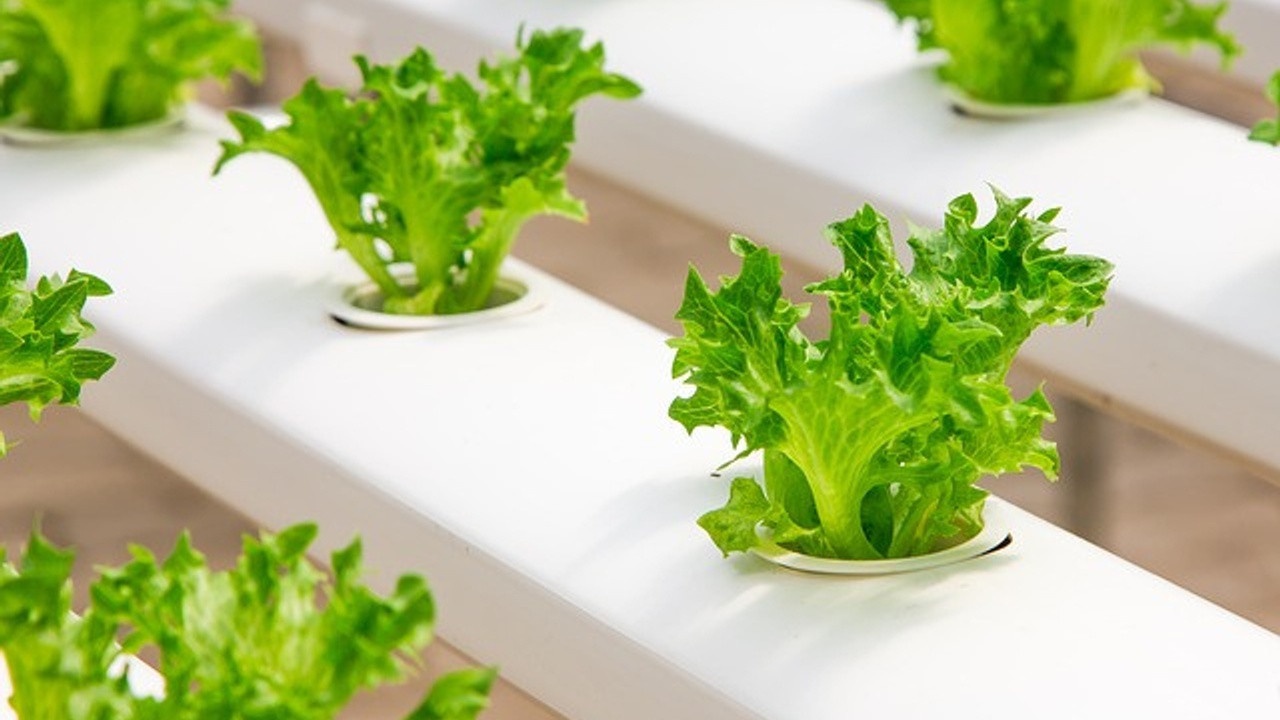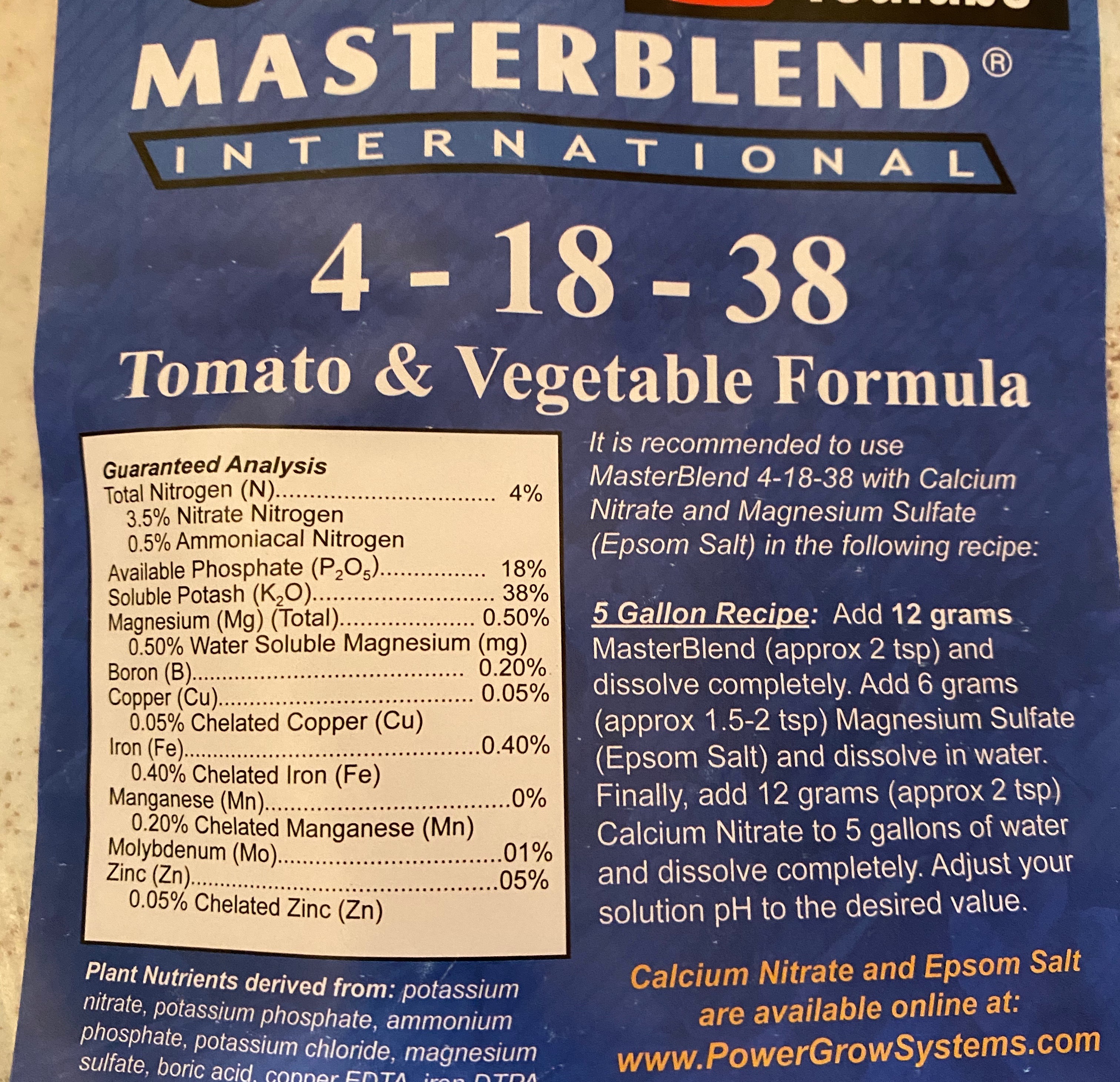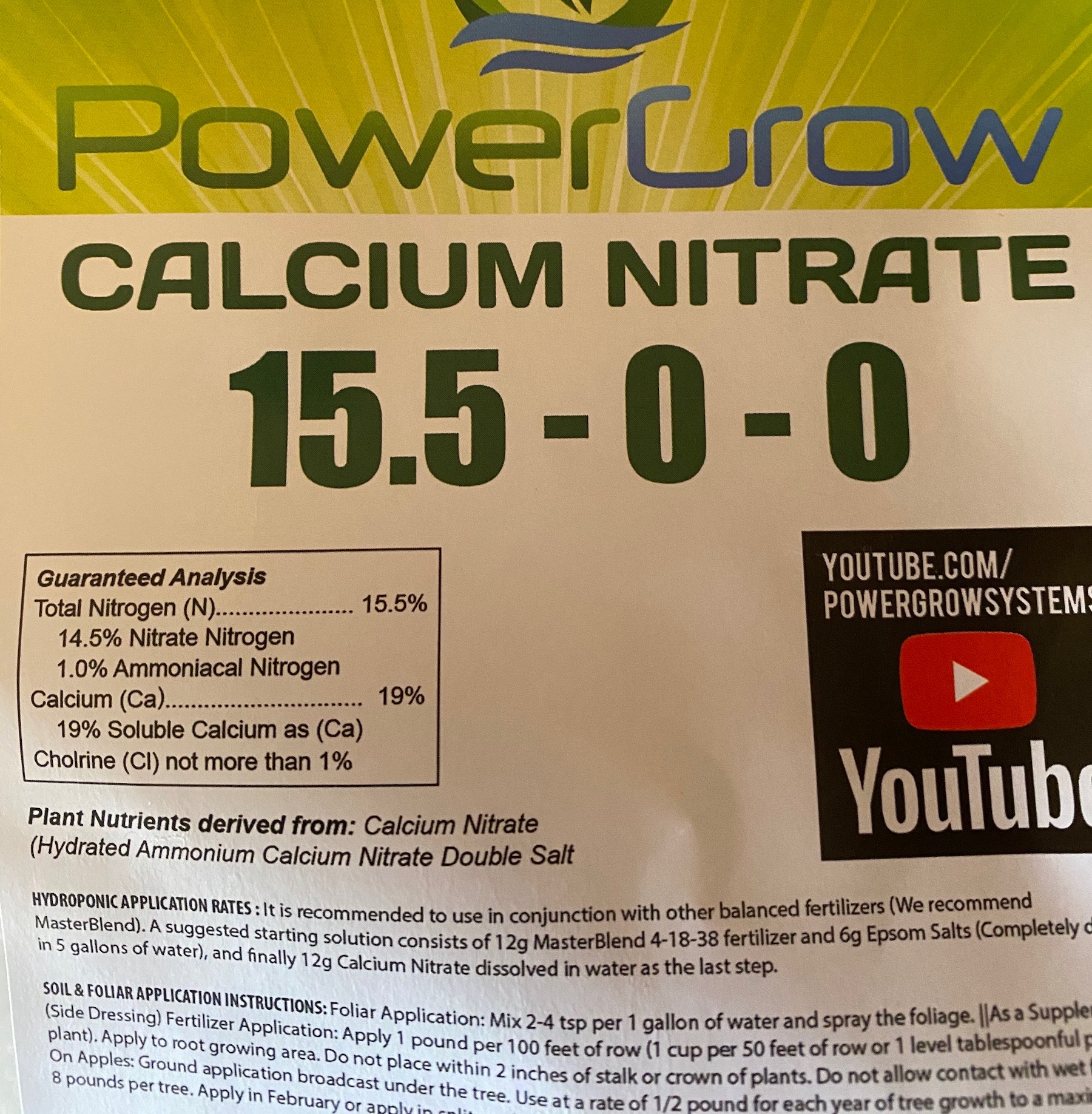Hydroponics Part III: Nutrient Solutions Explained

The three things that plants need to grow is food, water, and air. Soil simply provides a structure or substrate to support the roots of the plants and provides a means of oxygenation. Water dissolves nutrients into a soluble form which can then be absorbed by the roots of the plants. Since hydroponics is growing plants in the absence of soil, that simply means your plants need to be fed by another method. That method is nutrients solutions.
If you are new to hydroponics, nutrients solutions can be very confusing. The good news is that there is science behind hydroponics but it is not rocket science. These are just basic principles that are easy to understand. However, it does require a little bit of explanation.
There are two types of nutrients that plants need: macro-nutrients and micro-nutrients. These nutrients are essential for growth and normal cell function. The macro-nutrients are in much higher demand and are essential for normal cell function. Micro-nutrients are also essential but are needed in minimal quantities compared to the macro-nutrients
Macro-nutrients
There are three primary macro-nutrients: Nitrogen, Phosphorus, and Potassium. Consequently, you will commonly hear the term NPK.
Nitrogen (N) is added to the nutrient mix in the form of calcium nitrate, or NH3. Nitrogen is important in order for plants to produce amino acids, which helps plant to grow and reach maturity.
Phosphorus (P) is an essential part of photosynthesis which is how plants produce energy. It is particularly important as a part of the flowering stage of plant growth.
Potassium (K) is important because it helps seeds to mature. It also helps plant to utilize other types of nutrients.
Secondary Macro-nutrients are also found in nutrient mixes. They are just not needed in the same quantity as N, P, and K. These include the following:
Calcium (Ca)
Magnesium (Mg)
Sulfer (S)
Micro-nutrients
These are nutrients that are only needed in very small quantities. These include the following:
Chlorine (CI)
Zinc (Zn)
Manganese (Mn)
Copper (Cu)
Boron (B)
Iron (Fe)
Molybdenum (Mo)
All of these nutrients can of course be found in various nutrient mixes or blends. Most beginners will use liquid nutrients to start with because it is straight forward. However, using dry nutrient mixes is a lot less expensive. But, I will go through both types so that you have a good understanding of each.
Liquid Nutrients
All nutrient mixes come with specific instructions and the ratios will be different depending on the brand that you choose. Just simply follow the instructions on the package. However, let’s start with a three part nutrient solution produced by General Hydroponics for an example.
This three part solution consists of FloraGro, FloraMicro, and FloraBloom. You will see from the label directions that different amounts are added depending on the stage of the plants. The stages they list are as follows:
Cutting and Seedlings
General Purpose-Mild Vegetative
Aggressive Vegetative Growth
Transition to Bloom
Blooming and Ripening
For example, I have already started seeds and they are growing well. Now I am ready to transfer to my hydroponics system. My plants are now in a mild vegetative form. From the chart on the bottle called Basic Applications Table, next to the row for mild vegetative you can see that it calls for 1 teaspoon each of FloraGro, FloraMicro, and FloraBloom per gallon of water. What this will do is to encourage foliage to grow. But once the plants begin to flower, you then switch to the “blooming and ripening” ratio.
Steps to Mixing Liquid Nutrients
I typically will mix 5 gallons of nutrient solution at once because it saves me a little work by mixing a larger batch at once.
Put 5 gallons of rainwater, tap water, or distilled water into a bucket. Use a TDS meter to measure the total dissolved solids (TDS). Remember this number as you will need it later. Tap water and rain water will have a higher TDS relative to distilled water. If using tap water, allow it to sit over night to air our the chlorine. Let’s just say for example you are using tap water and you measure 325 PPM (parts per million)
I am growing tomatoes and it is in the mild vegetate stage and I am ready to transfer to my hydroponics system.
From the Basic Applications Table, I see that I need 1 teaspoon each of FloraGro, FloraMicro, and Flora Bloom per gallon of water. That means a total of 5 teaspoons each.
Mix 5 teaspoons of FloraGro into the buckets and stir well.
Then mix 5 teaspoons of FloraMicro into the bucket and mix well.
Finally, mix 5 teaspoons of FloraBloom into the bucket and mix well.
Allow the nutrient solution to sit for 15 to 20 minutes and then measure the pH. Chances are it will be too high.
Take a cup of the nutrient solution out of the bucket and add some pH down solution to this cup of water and mix well. Then add it back to the 5 gallon bucket and mix well. Then measure the pH again. pH down solution is a strong acid so if you add it directly to your 5 gallon bucket of nutrient solution it may cause the nutrients to dissipate out of solution in the form of white crystals.
Repeat this process until you reach your desired pH. For tomatoes that is 5.5 to 6.5.
Do a final check on the TDS. Let’s say it reads 1325 PPM. What that means is that you have 1000 PPM from the nutrients that you added and 325 PPM from the original water source.
Dry Nutrients
These nutrients come in three parts. What I have most commonly used is a three part mix from Power Grow Systems. It come in three separate bags consisting of Masterblend, Calcium Nitrate, and Magnesium Sulfate (Epson Salt). Directions for mixing are on the label which is on the front of the bag of Masterblend.


Keep in mind when mixing dry ingredients that volume and dry weight is not equivalent, only approximate. On the label of Masterblend you will see that you start with 12 grams of Masterblend, which is approximately 2 teaspoons. It is far more accurate to weigh your dry ingredients which can be done with an inexpensive kitchen scale. A gram scale can be purchased for less than $20 online. If you have a larger operation then it makes more sense to be accurate with measurements because it will save you some expense.
Just as with liquid nutrients, it is important to mix the three part dry ingredients one at a time.
According to the label in the Masterblend, for 5 gallons of solution start by adding 12 grams (approx. 2 teaspoons) of Masterblend. It is easier to add the Masterblend into a cup of warm water, stir and dissolve well and then add this to the 5 gallon bucket.
Add 6 grams (approx. 1.5 to 2 teaspoons) of Magnesium Sulfate (Epson Salt) to a cup of warm water. Stir to dissolve well then add to the 5 gallon bucket.
Finally add 12 grams (approx. 2 teaspoons) of Calcium Nitrate to a cup of warm water. Stir and dissolve and mix well. Then add to the 5 gallon bucket.
Mix well and allow to sit for a few minutes. Check you pH and then adjust as desired for your particular vegetables.
Cost comparison
The three part liquid nutrient from FloraGrow costs about $36. This will mix about 94 gallons. This make the cost at 38 cents/gallon.
The three part dry nutrient mix from Power Grow cost about $40. This is enough to mix about 1000 gallons of nutrient solution. This makes the cost at 4 cents per gallon.
Final Thoughts
Getting the correct mixture in your nutrient solutions is vital to the health of your plants. This post is intended to take the mystery out of nutrient solutions. My best recommendation is that you take the time to measure things carefully. Remember that dry weight and volume are only equivalents. For increased accuracy it is better to weigh dry nutrients instead of measuring in teaspoons. I hope this has been helpful.
Go off grid and live well
Patrick
Stay connected with us to receive regular updates.
Join our mailing list to receive the latest news and updates from our team. We always respect your privacy. Your information will never be shared.




